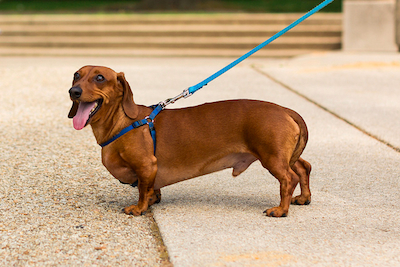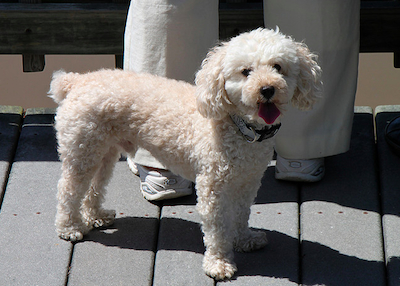History
The Great Dane (aka German Mastiff or Danish Hound), originally bred in Germany for hunting deer and wild boar, is one of the tallest dogs in the world. They’re also one of the oldest breeds—drawings of them appear on Egyptian monuments dating back to 3000 B.C. Nicknamed “The Apollo of all dogs,” and sometimes “king of dogs,” they weigh close to 200 pounds and can stretch out to be 7 feet or taller.
The tallest dog in the world today is a Great Dane named Zeus, who stretches out to be 7 foot 4, weighs 155 pounds, and eats 30 pounds of food a day. The previous record holder was another Great Dane, named “Giant George,” who was one inch shorter than Zeus.
Personality
Gentle Giant
Although Great Danes are huge, they’re also really sweet. They are very friendly and sociable both with people and with dogs and other pets. They’re also extremely patient with children (even those who try to ride them like a horse!).
Loyal and Soft Spoken
Great Danes love their family and aim to please. They rarely bark unless there is cause for alarm, making them great watchdogs. They’re friendly, but will be cautious of any strangers they encounter.
Care
Long Legs Need a Long Walk
These big guys need a good amount of exercise on a daily basis. At least one long walk a day should keep them content—but care should be taken not to overwalk them while they’re still puppies!
Daily Brush
Great Danes shed very little and can be brushed just once a day. Their enormous size makes them difficult to bathe, so an occasional dry shampoo treatment is recommended.
Pop Culture Pedigree
Great Danes are impressive-looking dogs with a long history. The Great Dane was the inspiration for the Scooby-Doo cartoon and for the companion to Hagrid in the Harry Potter series (though he was played by a Neapolitan Mastiff in the movie). THey are loving and friendly, and make amazing family pets.
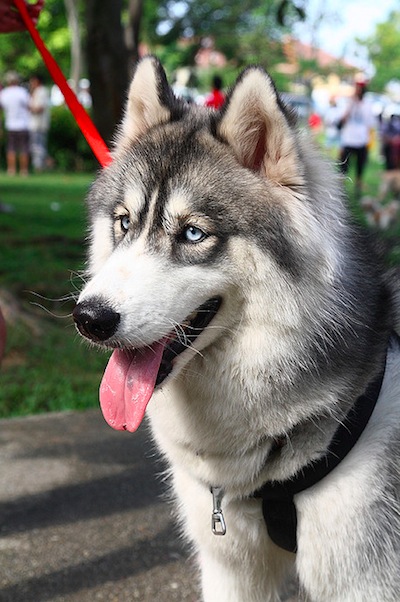 History
History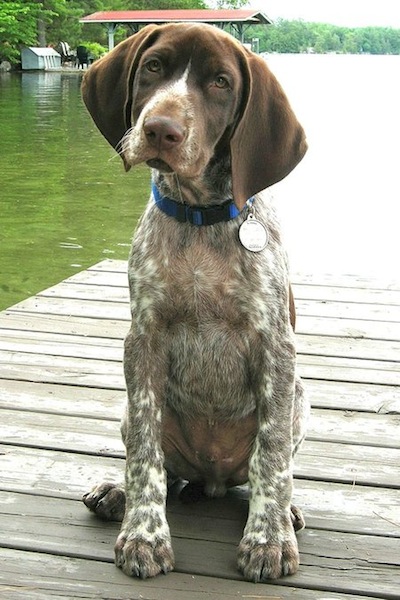 History
History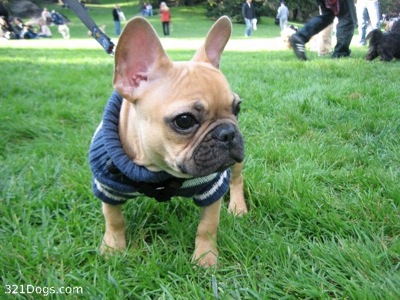 History
History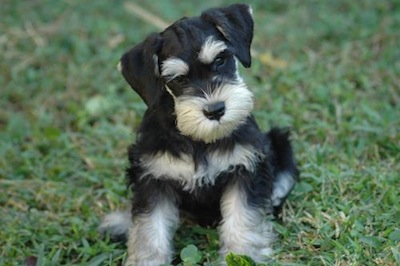 History
History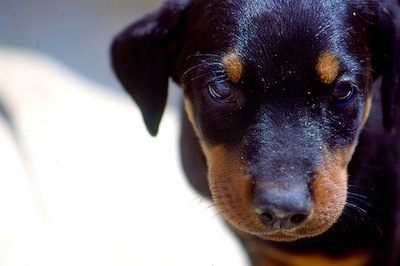 History
History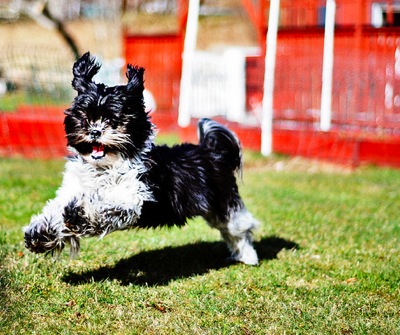 History
History 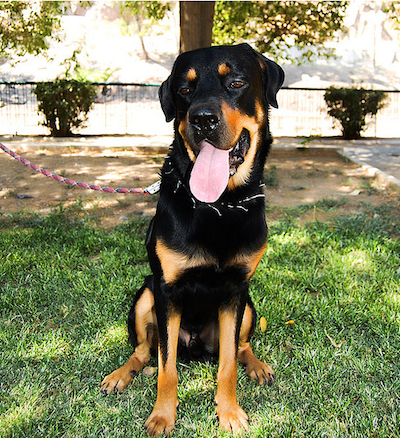 History
History